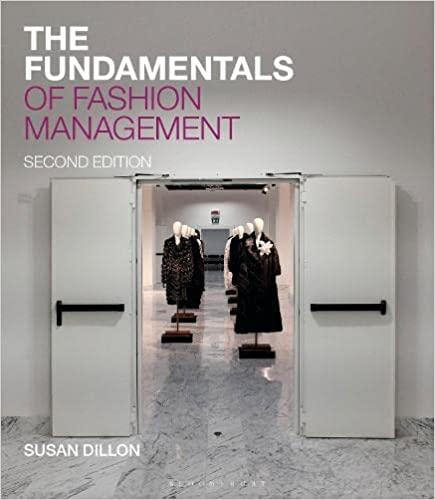Question
Multiple choice questions Enter the correct answer(s) Q 1: Which of the following topics does not fall under macroeconomics: A) The decline in unemployment at
Multiple choice questions Enter the correct answer(s)
Q 1: Which of the following topics does not fall under macroeconomics: A) The decline in unemployment at the national level. B) Fiscal policy in Quebec. C) Financial crisis and its impact on economic growth. D) The drop in the price of plane tickets. E) The budget deficit and employment in Canada.
Q 2: Marginal cost refers to A) the total cost associated with an activity. B) the value of the alternative we choose. C) the additional cost of increasing an activity. D) the opportunity cost of increasing an activity. E) the additional cost of reducing an activity.
Q 3: The type of human resource that organizes, manages and brings together other resources is called A) physical capital. B) venture capital. C) entrepreneurship. D) productive capital.
Q 4: Which of the following resources is NOT a factor of production according to the definition given by economists? A) Money B) Low-skilled labor C) Coal D) An engineer
Q 5: On an offer of cinema tickets to Lyne and Pierre-Paul. They both decide to see the same movie. On knows A) that they both face an opportunity cost to their night at the movies because they could engage in other activities. B) that they must both assume the same opportunity cost of their evening at the cinema since they are engaging in the same activity. C) that it is impossible to calculate the opportunity cost of their evening at the cinema since they did not pay for their tickets. D) that it is possible to calculate the opportunity cost of their evening at the cinema, but that this cost is zero since the tickets were free.
Q 6: Which of the following statements is true? A) work interest ratio. B) capital earns wages. C) land dividend ratio. D) capital earns a profit. E) natural resources earn rents.
Q 7: An opportunity cost of a choice is A) an amount of money paid to convey a good or service. B) the price of a good relative to other goods. C) the value of the best alternative among those concerned during the waiver. D) all alternatives that one gives up when making a choice.
Q 8: Which of the following statements is false? The three big questions that economists must answer A)allow us to understand only the choices of individuals. B) make it possible to identify the different production factors used by companies. C) relates to goods and services. D) are related to the problem of scarcity.
Q 9: The paradox of water and diamond allows us to invalidate A) the theory of use value. B) the theory of exchange value. C) the labor theory of value. D) market value theory.
Q 10: In what case do we systematically observe a drop in the equilibrium quantity and a drop in the equilibrium price? A) an increase in demand and supply. B) an increase in demand and a decrease in supply. C) a drop in demand and maintenance of supply. D) an increase in supply and maintenance of demand.
Step by Step Solution
There are 3 Steps involved in it
Step: 1

Get Instant Access to Expert-Tailored Solutions
See step-by-step solutions with expert insights and AI powered tools for academic success
Step: 2

Step: 3

Ace Your Homework with AI
Get the answers you need in no time with our AI-driven, step-by-step assistance
Get Started


